Description
1. Botanical Information
-
Botanical Name: Rosmarinus officinalis (now classified under Salvia rosmarinus)
-
Common Names: Roz Meri, Rosemary
-
Family: Lamiaceae
-
Type: Evergreen, aromatic herb
2. Origin & Distribution
-
Native To: Mediterranean region
-
Widely cultivated in tropical, subtropical, and temperate regions for culinary, medicinal, and ornamental purposes.
3. Physical Characteristics
-
Height & Spread: Typically grows 1–2 meters tall; bushy with woody stems.
-
Leaves: Needle-like, dark green on top, silvery underside, highly aromatic.
-
Flowers: Small, tubular flowers in blue, violet, pink, or white, usually bloom in spring and summer.
-
Stems & Branches: Woody stems; branches are fragrant when crushed.
4. Growing Conditions
-
Light: Requires full sunlight for optimal growth.
-
Soil: Well-draining, sandy or loamy soil; slightly alkaline to neutral pH.
-
Watering: Drought-tolerant; water moderately, avoid waterlogging.
-
Temperature: Thrives in 15–30°C; sensitive to frost but can tolerate light cold.
-
Humidity: Prefers low to moderate humidity.
5. Maintenance & Care
-
Pruning: Regular pruning promotes bushy growth and prevents woody stems from dominating.
-
Fertilization: Minimal fertilization needed; occasional compost or organic fertilizer enhances growth.
-
Pests/Diseases: Occasionally affected by aphids, whiteflies, or powdery mildew; generally hardy.
-
Propagation: Propagated through stem cuttings or seeds.
6. Uses & Benefits
-
Culinary Uses: Leaves used as herbs in cooking, flavoring meats, soups, and sauces.
-
Medicinal Uses: Traditionally used for digestion, memory enhancement, respiratory health, and stress relief.
-
Ornamental Value: Adds aesthetic appeal to gardens, terraces, and herb gardens due to its evergreen foliage and flowers.
-
Aromatic & Essential Oils: Leaves and flowers used for essential oils, perfumes, and aromatherapy.
7. Lifespan
-
Evergreen perennial herb; can live for 5–10 years or more with proper care.

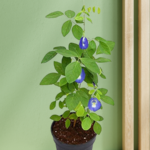
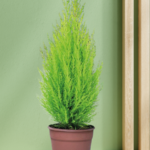
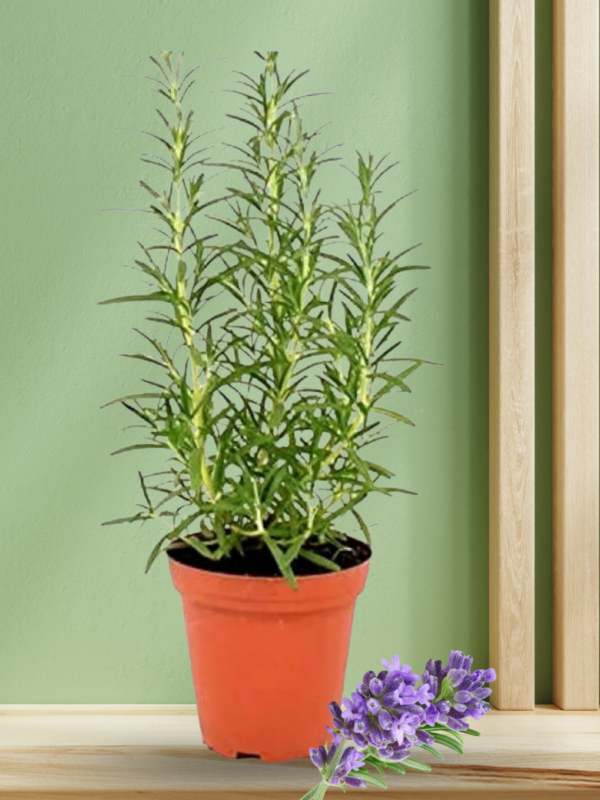
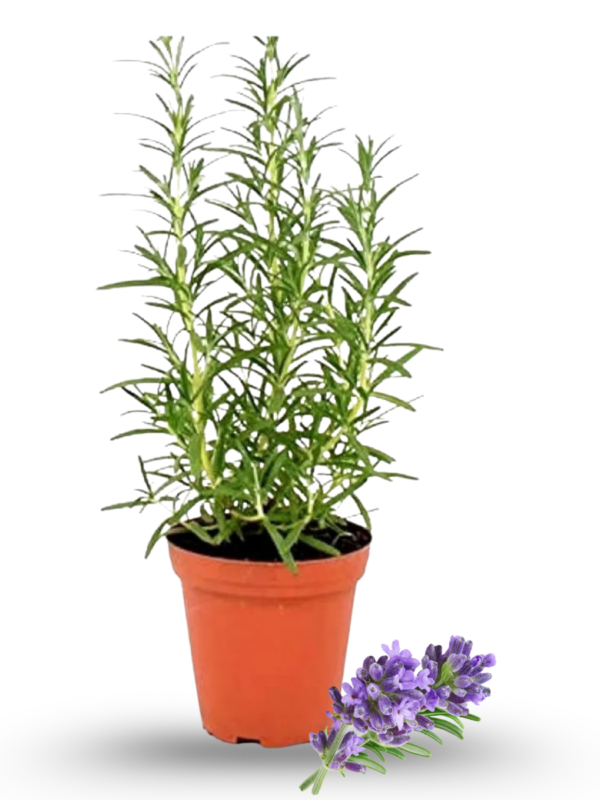
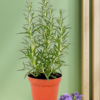
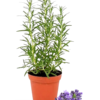
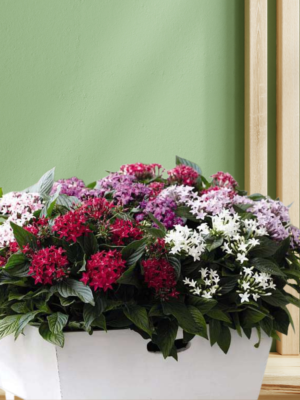
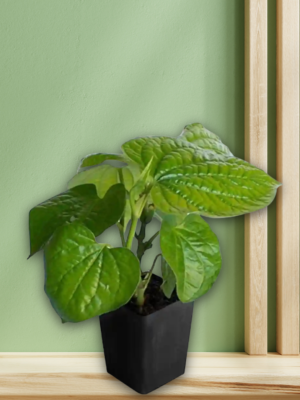
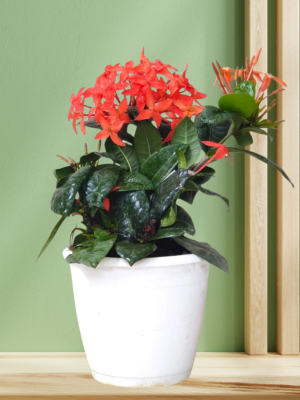
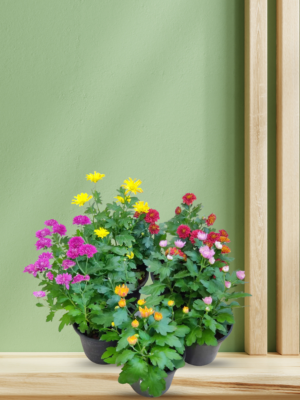
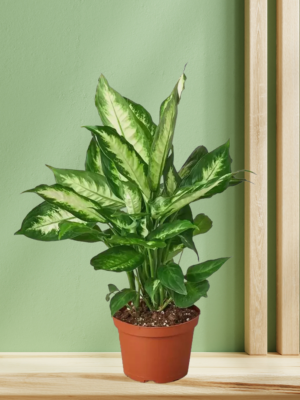 Daiphen Plant
Daiphen Plant 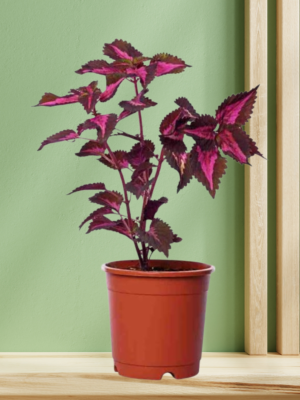 Coleus
Coleus 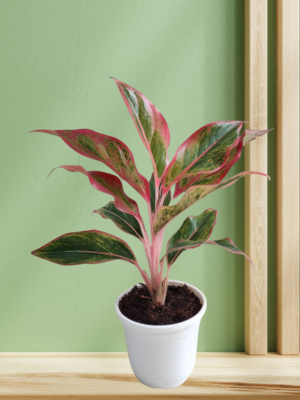 Agaonema pink
Agaonema pink 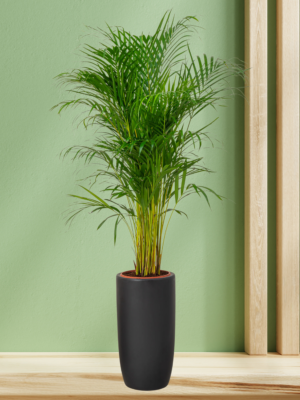 Areca Palm
Areca Palm 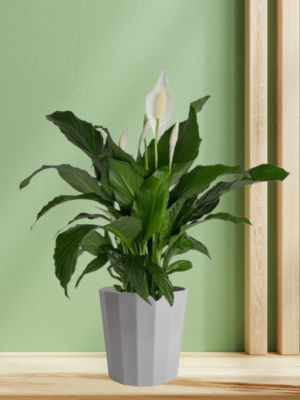 Peace Lily
Peace Lily 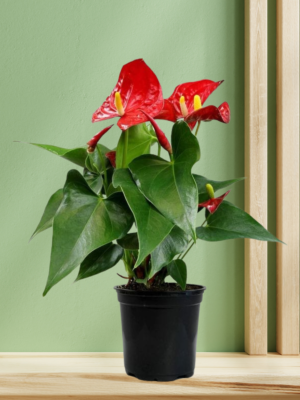 Anthurium
Anthurium
Reviews
There are no reviews yet.